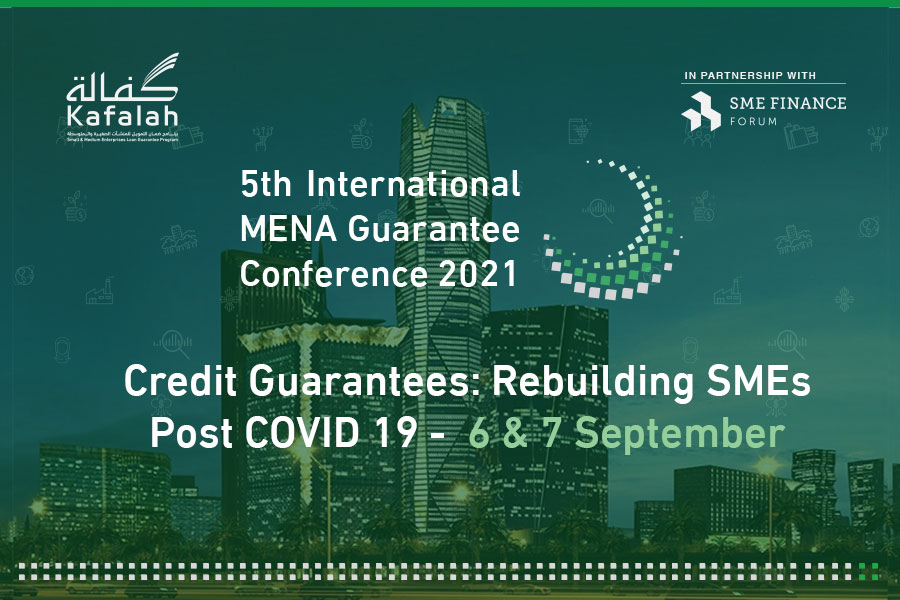Lending based on movable assets is much more common in developed markets. Through the work of the World Bank Group and the International Finance Corporation, the use of lending based on movable assets continues to expand throughout the globe. Many best-practice examples can now be found in emerging markets such as Mexico, Colombia, Peru, Vietnam, and China, all of which have succeeded in expanding the use and application of movable asset-based lending (MABL) solutions. The current publication examined MABL in Jamaica, with a focus on developing possible options for deepening secondary markets among assets commonly used as collateral in MABL.
In 2013 the Government of Jamaica, to increase the use of MABL, passed the Security Interests in Personal Property Act (SIPPA) and established the National Security Interests in Personal Property Registry (NSIPPR). The registry allows for the listing of collateral assets used for financing and so creates a priority of interest among creditors. It also helps track transactions between creditors and debtors. The SIPPA allows MSMEs and other businesses to offer movable assets and investments such as motor vehicles, agricultural products, livestock, securities, machinery and equipment, crops, patents, trademarks, and other forms of intellectual property as collateral for securing loans. As of 2018, the number of registrations within the registry had increased to just over 25,000. The top three types of collateral used for financing include motor vehicles, furniture, and securities. Commercial banks are frequently cited to be conservative in their lending choices, and there is also a need to improve accounting processes and project evaluation and reporting among MSMEs. The government and its administrators have taken steps to increase the use of leasing, reverse factoring, and factoring as well as the functionality, confidentiality, and ease of transactions within the registry.
Read the publication here to learn more about the recommendations for developing secondary markets, among other potential assets that can be used for MABL, as well as general steps for implementation.








